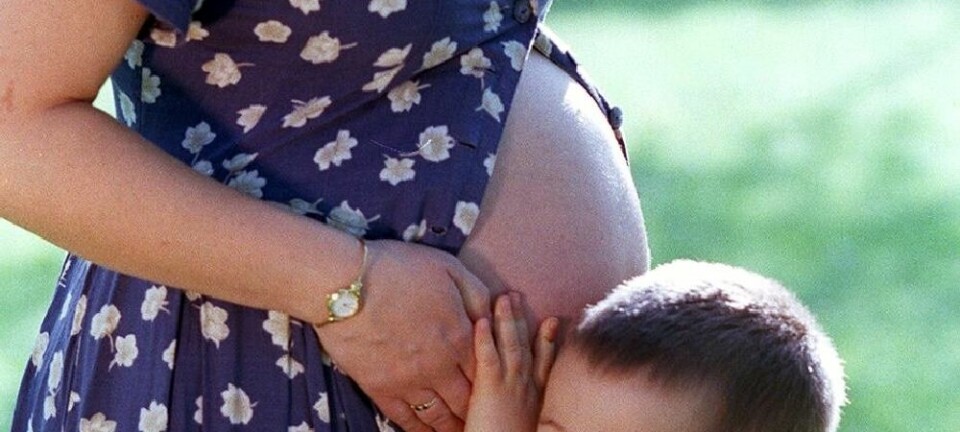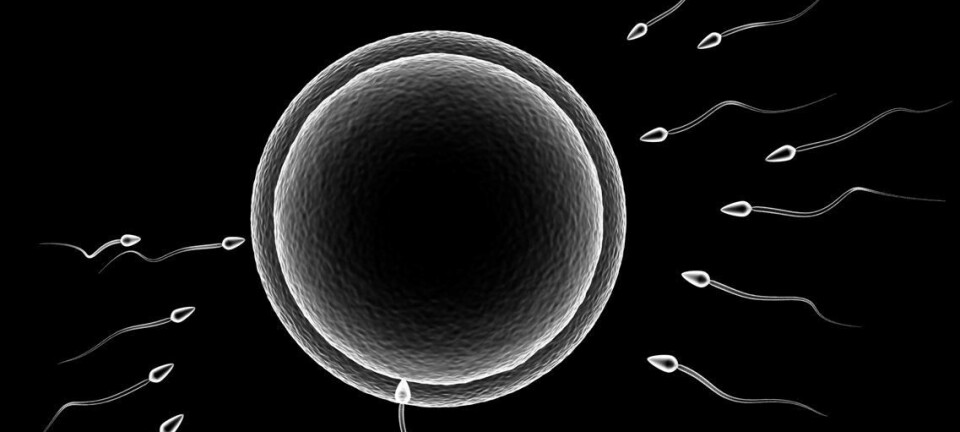
Children of older men have more DNA mutations
The father’s age is decisive in determining how many mutations a child has in its genome – the older the father is, the higher the number of mutations is, and the greater the risk is that the child will develop e.g. autism and schizophrenia.
If your father was an older man when you were born, it can have had a negative influence on your DNA: you will have acquired more mutations in your genetic material than you would have if your father had been younger.
But your mother’s age at the time of your conception has little importance in this connection.
These are the conclusions – just published in the scientific journal Nature – of a study of a large number of Icelandic families conducted by a team of researchers from Iceland and Britain, plus a single Dane.
“Our study shows that the number of a child’s genetic mutations is determined to a large extent by the father’s age,” says Søren Besenbacher, a postdoc at the Bioinformatics Research Centre at Aarhus University, who helped carry out the study.
“The older the father is when the child is born, the greater the number of mutations in the child’s genetic material. A child whose father was 20 years old when the child was born has about 40 mutations in its genome. But if the father was 40, the number of the child’s genetic mutations would typically be twice as high.”
Mutations increase the risk of disease
It’s important for researchers to know the number of a child’s mutations – the mutation rate – since research shows a correlation between this rate and the occurrence of genetic diseases such as schizophrenia and autism.
It is widely known that having more mutations is equal to a greater risk of contracting certain diseases. The purpose of the Icelandic study was to find out whether the ages of the parents play a role in the mutation rate.
The research team conducted its study on Iceland because the island nation has a genetically very homogeneous population that has been quite isolated from the rest of the world for generations. This situation gives researchers optimal conditions for finding genetic differences between e.g. healthy and sick people (see Factbox).
Mutations occur in sperm cells
In the study, the researchers compared the genomes of 78 Icelandic children with the genomes of their parents.
The objective was to find the specific points where a child’s genetic material differs from its parents’. These differences – point mutations – occur in individual links in the chain of base pairs that make up the DNA.
Children do not inherit their base pairs one by one, but in blocks. By comparing the child’s and the parents’ genomes, in some cases over several generations, the researchers have been able to map precisely which parent is typically the source of DNA blocks with mutations that the child inherits.
The analyses showed that by far the greatest part of children’s mutations come from the father.
“The father’s age doesn’t play a minor role in how many mutations a child inherits – it plays a leading role,” says Besenbacher. “The mother’s age has little importance, however.”
Small risk of disease
While Besenbacher was the only Danish researcher directly involved in the project, Bjarke Feenstra, a senior research scientist at the Department of Epidemiology Research at Denmark’s National Institute for Health Data and Disease Control (SSI) also finds the study’s results interesting: he was employed by the Icelandic research institute involved in the study.
Feenstra says that the average age of the fathers at the time of their children’s’ birth has risen considerably over the past decades in Iceland as well as in other countries.
He notes that the study’s researchers discuss in their Nature article whether the high age of the fathers can be one of the reasons why the number of Icelandic children developing autism has increased over recent decades. Although the new study does indicate such a connection, Feenstra emphasises that the risks involved in fathering children at a mature age remain small.
“It is important to remember that we all carry new point mutations and that the majority of them are harmless and occur in genetic areas that are not relevant to health,” he says. “This means that older fathers are in the greatest number of cases fortunate to sire healthy, sound children. So the results of this study do not mean that fathers should not have children even if they are about 40 years old.”
Many dads are even older when their kids are born
Feenstra says he noticed that the researchers only studied fathers between the ages of 20 and 40 – he calls on the researchers to expand their study to see whether the point mutation trend continues as the men grow older when they father children.
“Many men are over 40 when they have children,” he says. “The big question is whether the number of mutations continues to grow in line with the men’s age (about two mutations a year), or if the increase accelerates or flattens out. This is an interesting question, as it is not just relevant for researchers but also very relevant and important information for fathers-to-be.”
--------------------------------
Read the Danish version of this article at videnskab.dk
Translated by: Michael de Laine






